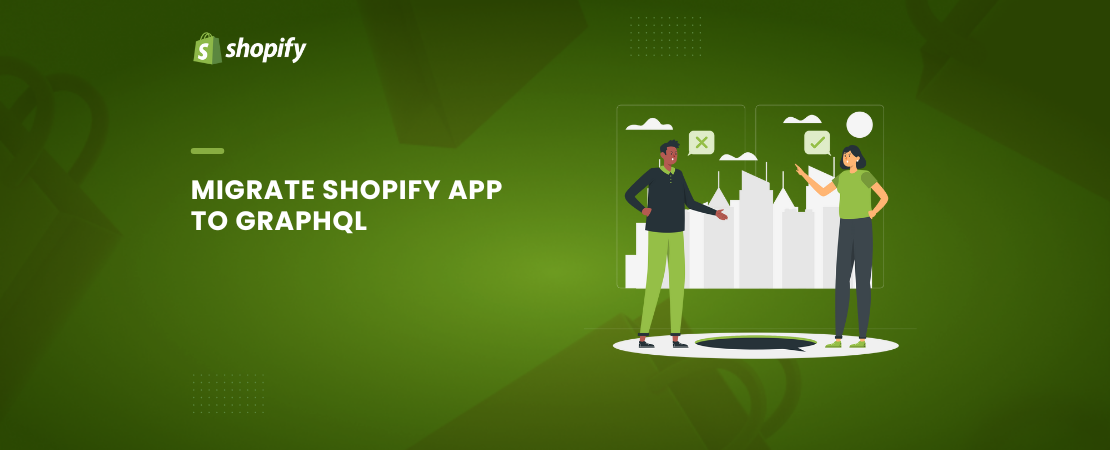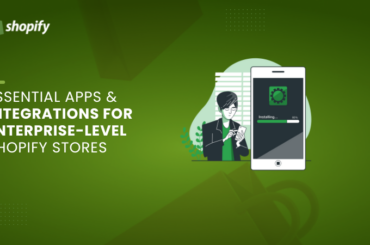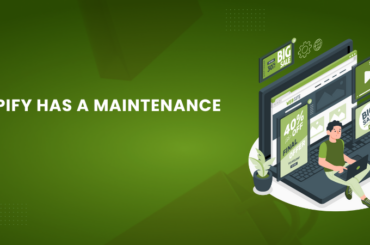Migrate Shopify App to GraphQL – Step By Step
Last Updated | November 8, 2024
Table of Contents
Shopify’s commitment to providing developers with powerful tools is evident in its recent push towards GraphQL as the primary API for building apps and integrations. This shift offers numerous advantages, including improved performance, flexibility, and a more efficient development experience.
Why Move to GraphQL?
On April 1, 2025, all new apps submitted to the Shopify App Store will be required to use GraphQL.
Reasons behind Shopify’s move to GraphQL:
Enhanced Performance: GraphQL allows you to fetch only the specific data you need, reducing unnecessary data transfer and improving response times.
Greater Flexibility: With GraphQL, you can construct complex queries in a single request, eliminating the need for multiple API calls.
Stronger Typing and Developer Experience: GraphQL’s strong typing system ensures data consistency and provides better tooling support, leading to a more streamlined development process.
Step-by-step guide to migrate your Shopify app to GraphQL
1. Familiarize Yourself with GraphQL Basics
- Translating IDs from REST to GraphQL
REST and GraphQL use different formats for resource and object IDs. If you use stored IDs to retrieve resources in the REST Admin API, then you need to retrieve and store the equivalent GraphQL API global ID (GID) before you can run the corresponding queries and mutations in GraphQL APIs.
The following example retrieves a product ID in REST, and then uses the admin_graphql_api_id property to query the equivalent product ID in GraphQL.
GET https://{shop}.myshopify.com/admin/api/{api_version}/products/{product_id}.json { "product": { "id": 1234567890, "title": "ADIDAS 80s", "body_html": "", "vendor": "ADIDAS", "product_type": "SHOES", "created_at": "2021-09-14T13:59:05+05:00", "handle": "adidas-superstar-80s", "updated_at": "2023-10-02T19:41:31+05:00", "published_at": "2021-09-14T13:59:05+05:00", "template_suffix": "", "published_scope": "web", "tags": "adidas, autumn, egnition-sample-data, men, spring, summer", "status": "active", "admin_graphql_api_id": "gid://shopify/Product/1234567890" } } |
- Query Language: Learn how to write GraphQL queries to fetch specific data.
query { product(id: "gid://shopify/Product/1234567890") { title description variants(first: 1) { edges { node { price } } } } } |
Structure and Components
- Product(id: “gid://shopify/Product/1234567890”):
This is the main query for retrieving information about a single product.
It specifies an id parameter, which uses Shopify’s Global ID format (gid://shopify/Product/1234567890). The Global ID ensures unique identification of resources across Shopify.
In this example, 1234567890 represents the unique product ID within the store.
- Requested Fields:
- Title: This field returns the title or name of the product.
- Description: This field returns the description of the product, which can include details such as product features, usage instructions, or other relevant content.
- Variants(first: 1):
- This field retrieves information about the product variants (e.g., size, color, or any other variant options).
- first: 1 limits the response to only the first variant, helping reduce data load if you only need one variant’s information.
- Variants are accessed using the edges and node pattern, which is common in Shopify’s GraphQL API for handling lists.
- Nested Fields within Variants:
- Edges: Represents the edges (or connections) between the parent product and its variants.
- Node: Refers to the actual variant data within each edge.
- Price: Specifies the price of the variant being retrieved. If the product has multiple variants (e.g., different sizes or colors), each variant can have a unique price.
Purpose of This Query
This query is fetching:
- The title and description of the product, providing basic information.
- The price of the first variant, which is useful if you need to display pricing details for a specific variant.
Mutations: Understand how to create, update, and delete data using GraphQL mutations.
mutation { productCreate(input: { title: "Sweet new product", productType: "Snowboard", vendor: "JadedPixel" }) { product { id } } } |
mutation { productUpdate(input: {id: "gid://shopify/Product/108828309", title: "Sweet new product - GraphQL Edition"}) { product { id } } } |
Components of the productCreate Mutation
- Input: The input argument provides the required and optional fields for the product to be created. Here, input is an object with three fields:
- Title: This is the name of the product, which will be displayed in the Shopify admin and on the store’s product page. In this example, the title is “Sweet new product”.
- ProductType: This represents the type or category of the product. Although Shopify doesn’t enforce strict categorization, this helps with organizational and reporting purposes. Here, the productType is “Snowboard”.
- Vendor: This field denotes the supplier or brand of the product. This can help with organization and filtering in the Shopify admin interface. In this example, the vendor is “JadedPixel”.
- Product: The response specifies what data we want back after the product is created. Here, we’re only requesting the id of the newly created product. In GraphQL, specifying only the fields you need helps reduce data usage and improves performance.
Identify REST API Endpoints to Migrate
- Analyze Your App: Determine which REST API endpoints are crucial for your app’s functionality.
- Find GraphQL Equivalents: Use Shopify’s GraphQL documentation to find the corresponding GraphQL queries and mutations for each REST endpoint.
- Update API Calls in Your App
- Modify Code: Replace REST API calls with equivalent GraphQL queries and mutations.
- Optimize Your GraphQL Queries
- Fetch Only Necessary Data: Avoid over-fetching data by specifying precise fields in your queries.
- Utilize Pagination: Implement pagination to handle large datasets efficiently.
- Consider Query Cost: Be mindful of query cost and optimize your queries to minimize resource usage.
Leverage Shopify’s GraphQL Schema:
- Utilize GraphiQL: Use GraphiQL, Shopify’s interactive GraphQL IDE, to test and experiment with queries.
- Stay Updated: Keep up with Shopify’s API updates and best practices.
By following these guidelines and leveraging GraphQL’s power, you can enhance your Shopify app’s performance, flexibility, and user experience.
Conclusion
The transition may require an upfront investment in time to understand GraphQL’s core principles, rework existing API calls, and optimize queries. However, the long-term benefits of better performance, richer user experiences, and streamlined data handling outweigh the initial costs.
Migrating your Shopify app to GraphQL can significantly enhance its performance, flexibility, and developer experience. By understanding the core concepts of GraphQL, carefully planning your migration strategy, and following best practices, you can successfully transition your app to this powerful API paradigm.









